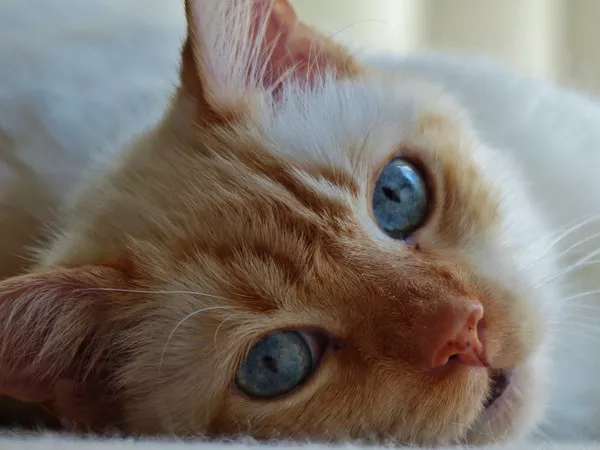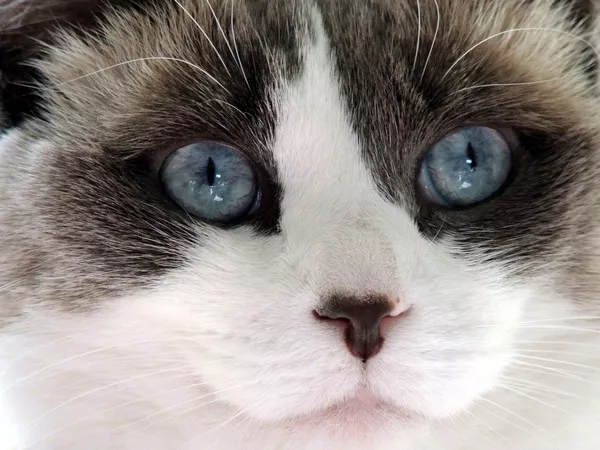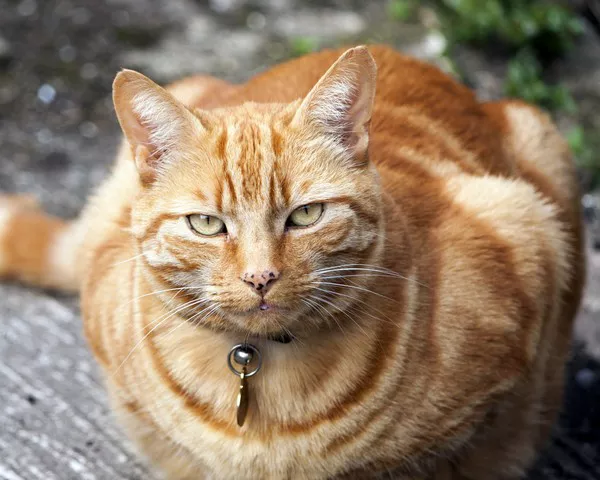Cats are obligate carnivores, and their nutritional needs are primarily met through a diet rich in animal-based proteins. While some human foods can be safely incorporated into a cat’s diet, it’s essential to be aware of the fruits that can pose risks to feline health. This comprehensive guide explores the world of feline nutrition, specifically focusing on fruits that cats should avoid. Understanding these restrictions ensures responsible pet ownership and helps maintain the well-being of our feline companions.
The Obligate Carnivore:
1. Understanding Feline Dietary Needs:
Cats, unlike humans and some other animals, are obligate carnivores. This means their diet is primarily composed of meat, and they have specific nutritional requirements that are best met through animal-based proteins. While cats can consume certain fruits in moderation, it’s crucial to recognize those that can be harmful due to their unique dietary needs.
2. The Role of Fruits in a Cat’s Diet:
In the wild, a cat’s diet consists mainly of prey animals. Fruits are not a natural part of their diet, but some may occasionally nibble on grasses or small amounts of fruits. While fruit consumption is minimal, it’s important to be cautious about which fruits are introduced to a cat’s diet.
Fruits Cats Should Avoid:
1. Grapes and Raisins:
Grapes and raisins, while a healthy snack for humans, can be toxic to cats. The exact substance in grapes that poses a risk is unknown, but ingestion can lead to kidney failure. Symptoms include lethargy, vomiting, and decreased appetite. Even small amounts should be strictly avoided.
2. Citrus Fruits:
Citrus fruits like oranges, lemons, and grapefruits contain compounds that cats find repulsive. The oils and compounds in citrus can cause gastrointestinal upset and may lead to central nervous system depression in some cases. Cats are generally averse to citrus, making accidental ingestion less common.
3. Avocado:
While avocados are popular in many human dishes, they contain a substance called persin, which can be toxic to cats. Ingesting avocado may lead to vomiting, diarrhea, and, in severe cases, cardiovascular complications. The pit poses a choking hazard, and the high-fat content may contribute to pancreatitis.
4. Cherries:
Cherries, including the pits and stems, contain cyanide, which is toxic to cats. Ingestion can lead to respiratory distress, dilated pupils, and even death. While the fleshy part may not be as dangerous, it’s best to avoid cherries altogether to prevent accidental ingestion of harmful components.
5. Stone Fruits:
Fruits with large pits, such as peaches, plums, and apricots, can pose a choking hazard to cats. The pits also contain compounds that, when ingested, may lead to gastrointestinal distress. While the fruit itself may not be as harmful, it’s safer to provide alternative treats.
6. Apples and Pears:
While the flesh of apples and pears is generally safe for cats, the seeds and cores contain cyanide-producing compounds. Ingesting these parts can lead to cyanide poisoning. Always remove seeds and cores before offering small, bite-sized pieces of these fruits to your feline friend.
7. Tropical Fruits:
Certain tropical fruits, such as pineapple and mango, may cause stomach upset in cats. The high sugar content and acidity can lead to gastrointestinal distress. While small amounts may not be immediately harmful, it’s essential to monitor your cat for any adverse reactions.
8. Persimmons:
Persimmons contain compounds that, when ingested, can cause gastrointestinal upset in cats. The seeds and pits may also pose a choking hazard. It’s advisable to avoid persimmons altogether and opt for safer treat options.
9. Tomatoes:
While the red, ripe flesh of tomatoes may not be immediately toxic to cats, the plant’s green parts, including stems and leaves, contain solanine, which is toxic. Ingesting these green parts can lead to gastrointestinal upset and, in severe cases, more significant health issues.
Potential Risks and Health Concerns:
1. Gastrointestinal Upset:
Many fruits contain natural sugars and acids that can cause gastrointestinal upset in cats. Symptoms may include vomiting, diarrhea, and abdominal discomfort. While these symptoms may not always be severe, it’s essential to monitor your cat’s reactions to new foods.
2. Choking Hazards:
Certain fruits with large pits or seeds can pose a choking hazard to cats. Even if the fruit itself is not toxic, the risk of choking should be considered. Always remove pits, seeds, and any potential choking hazards before offering fruit to your cat.
3. Allergic Reactions:
Just like humans, cats can develop allergies to specific foods. Introducing new fruits should be done gradually, and any signs of allergic reactions, such as itching, swelling, or difficulty breathing, should prompt an immediate visit to the veterinarian.
4. Kidney and Liver Issues:
Some fruits, like grapes and raisins, have been linked to kidney issues in cats. Kidney failure can be life-threatening, and ingestion of even a small amount of these fruits should be treated as an emergency. Prompt veterinary attention is crucial.
5. Cyanide Poisoning:
Fruits containing pits or seeds with cyanide-producing compounds can lead to cyanide poisoning. This is a severe and potentially fatal condition. Immediate veterinary care is essential if you suspect your cat has ingested such fruits.
Safe Alternatives and Moderation:
1. Safe Fruits for Cats:
While some fruits pose risks, there are safe options that can be incorporated into a cat’s diet in moderation. These include small amounts of watermelon, cantaloupe, and berries. Always remove seeds and pits and offer fruit in bite-sized pieces.
2. The Importance of Moderation:
When introducing new foods, including fruits, to your cat’s diet, moderation is key. Small, infrequent treats can add variety and enrichment without risking adverse reactions. Monitor your cat for any changes in behavior or health after introducing new foods.
3. Consultation with a Veterinarian:
Before making significant changes to your cat’s diet, especially introducing new foods, it’s advisable to consult with your veterinarian. They can provide personalized guidance based on your cat’s age, health status, and dietary needs.
4. Homemade Treats:
For cat owners who enjoy preparing homemade treats, consider recipes that use cat-friendly ingredients. This allows you to control the quality and safety of the treats while ensuring they align with your cat’s nutritional needs.
See Also: 12 Human Foods That Are Poisonous to Cats
Conclusion:
Responsible pet ownership includes being mindful of what we feed our feline companions. While cats can enjoy a variety of foods, it’s crucial to be aware of potential risks associated with certain fruits. By understanding which fruits to avoid, monitoring for any adverse reactions, and providing safe alternatives in moderation, we can prioritize the health and well-being of our beloved cats. Remember that individual cats may react differently to specific foods, and consulting with a veterinarian ensures personalized guidance for your cat’s unique dietary requirements.



























